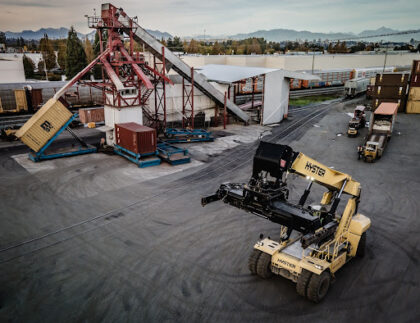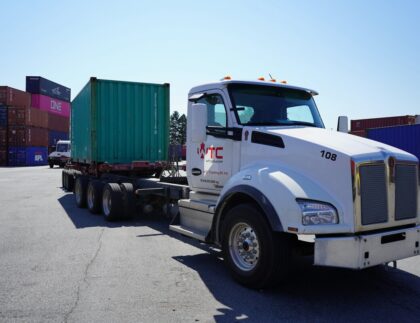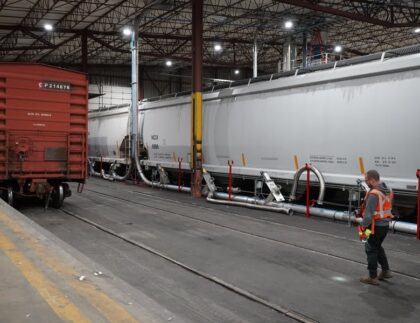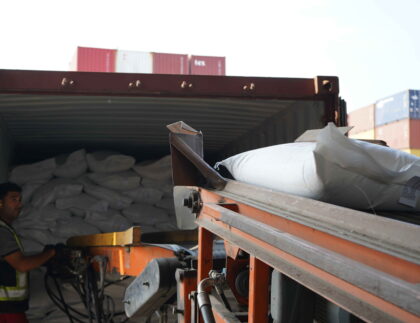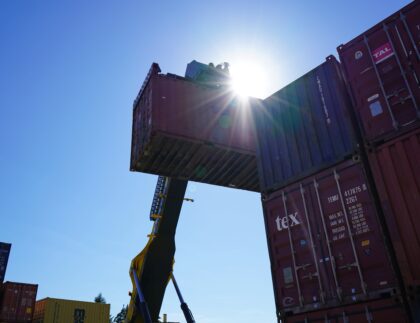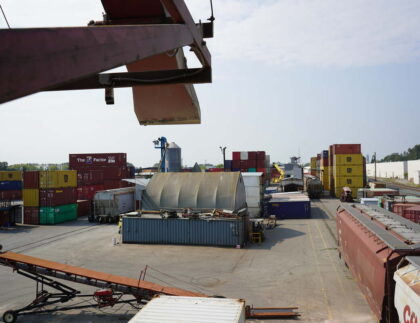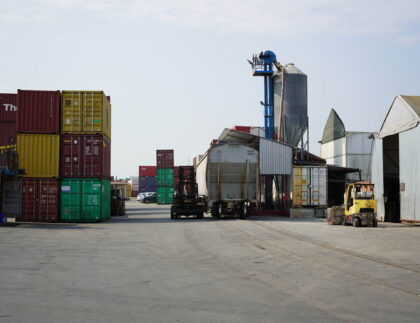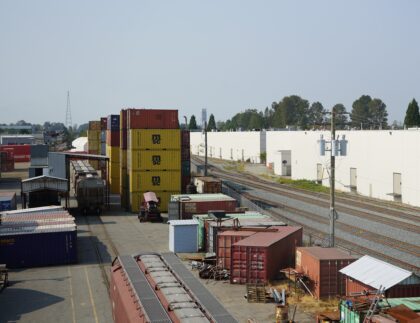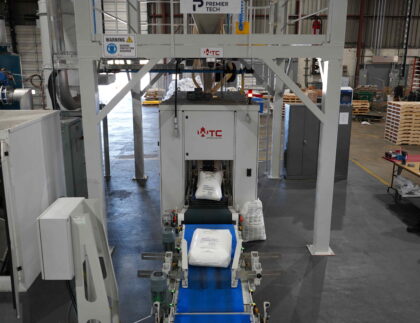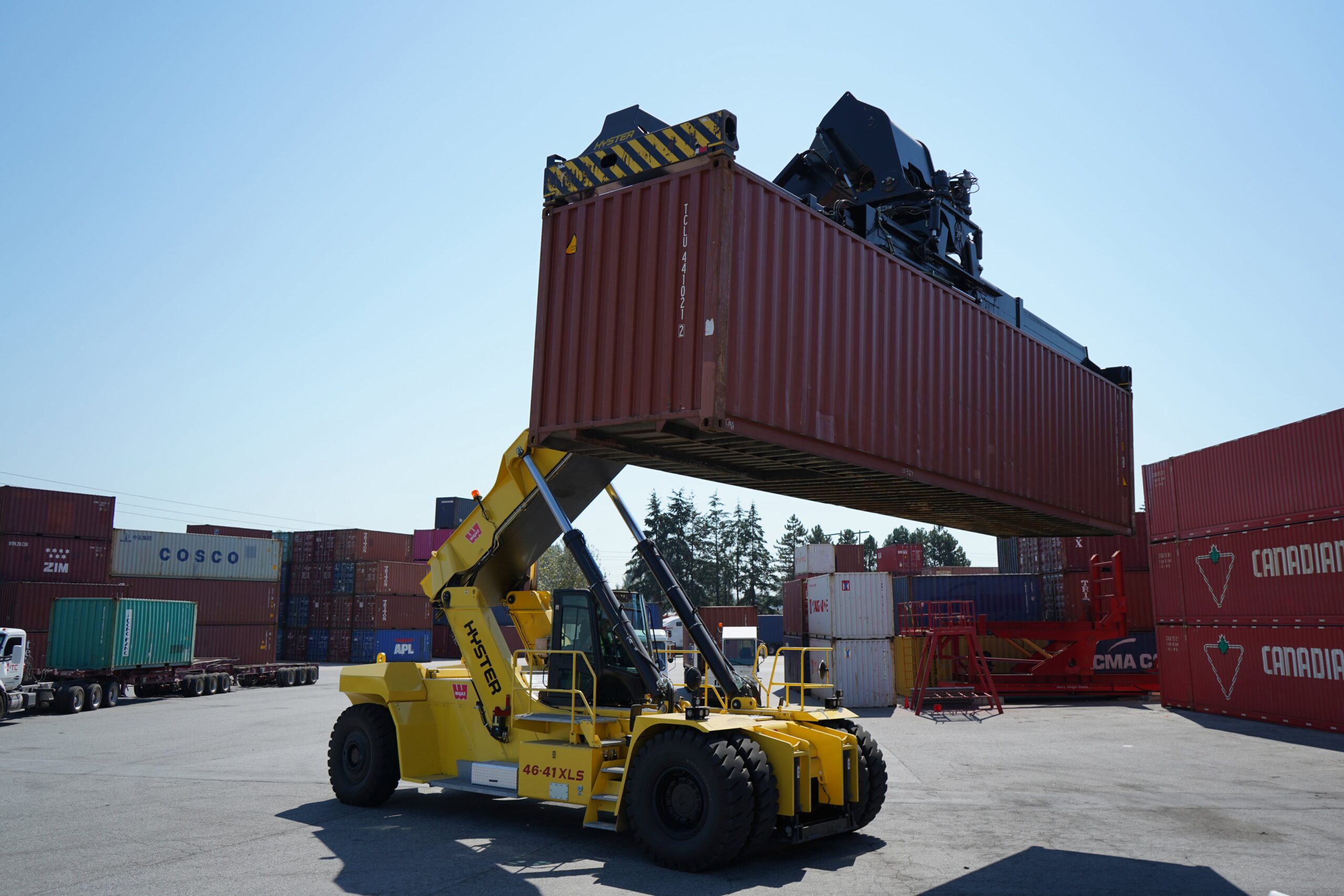
It’s estimated that 90% of the world’s goods are transported in ocean freight shipping containers. And while that is good for the global economy, it has a direct impact on the environment. According to an NPR interview on “Morning Edition” with Simon Bennett, Deputy Secretary General of the International Chamber of Shipping, the shipping industry is committed to decarbonization by 2050. Although many shipowners are pressed to meet that deadline, the industry as a whole must make changes to its operations to reduce its impact on the environment.
Learn more about how WTC Group is working hard to manage empty container repositioning (ECR) to be more eco-friendly and how that saves money for our customers.
What Is ECR?
ECR (Empty Container Repositioning) refers to moving empty shipping containers from where they become bare to where they can be used. Worldwide, there are around 170 million shipping containers in use, as per statistics available in 2022. Metro Shipping, a UK company, provides data about empty shipping containers. In November 2020, 87,000 empty containers were shipped, enough to fill about five container ships. Before COVID-19, it was common practice to reuse empty containers to ship more goods. Today, with shipping disrupted by safe practices and the sheer volume of goods being shipped, containers are being held up at ports. Although shipping empty containers can keep trade operations going, it is a wasteful practice.
Why Does ECR Occur?
To understand the impact of ECR on the environment, it’s essential to understand what makes empty containers a common problem in the industry.
Trade Imbalances
Many importers simply don’t have enough trade volumes to return full shipping containers to the exporter. It can be less expensive to leave an empty container idle while purchasing or leasing new containers where they are needed. A container that enters a smaller region may not have the number of goods leaving that same region. These containers may sit empty unless they are repositioned.
Revenue Generation
An empty container may sit empty for weeks while the company finds the customer to use the container, so it isn’t moved while it's empty. The first customer waiting for the container needs other containers to move goods. It can be cheaper to sell the container and simply lease new units.
Competitive Shipping
Many shipping companies aren’t concerned about logistics related to container flow. It’s easier to move more products by volume when you aren’t worried about empty containers but instead about getting products to the customers quickly. The sales team can’t be thinking about optimizing the movement of containers. Customers demand quick shipping and will just go with the fastest and easiest process.
Supply Chain Disruptions
Disruptions to the supply chain, whether from Mother Nature or labour concerns, can impact container flow. The port congestion from COVID-19 regulations and restrictions certainly had a significant impact on container shipping. Although economists attempt to forecast demand, one minor disruption can cause a substantial impact across the industry.
Customer Demand
Another element of the ECR problem is what size and type of empty container the customer requires. For example, grains require food-grade containers, while refrigerated foods may need a reefer. Again, the container may sit empty for weeks while the logistics company waits for the right customer to ship the items back.
Seasonal Demand for Containers
Agricultural products are often seasonal. This increases container demand at certain times of the year, while containers may not be in demand during the winter or outside the growing season. As a result, containers can sit empty in one port while another port needs them urgently.
What Is the Impact of ECR?
Container ships transport over 90% of international goods. These big ships also are some of the highest pollutants in waterways. A study out of KTH Royal Institute of Technology School of Architecture and The Built Environment reports that container ships account for about 18 to 30% of the world’s nitrogen oxide, which is a pollutant that impacts breathing and visibility.
Empty container repositioning is a very inefficient use of resources. The KTH study estimates that reducing ECR by 10% can lead to an increase in profits by 30 to 50%. In 2020, the estimated cost of all ECR around the globe was about 20 billion USD. Since 2015, xChange has been trying to optimize empty container repositioning to reduce monetary loss and improve logistics, but the problem still exists.
Meeting environmental goals will be more accessible when ships aren’t hauling empty containers across the oceans.
Empty containers that end up in a port never to be utilized again, are also a poor use of resources. A container can become part of landfills unless a campaign exists to move or use it. Several organizations are working on finding better solutions to empty containers. Still, it doesn’t make sense to just let these containers sit empty or unused when their lifespan is around 15 years or more.
Solutions that Help Reduce ECR
Container ships hold upwards of 20,000 containers. When 30% (in other words, 6,000) of these containers are empty, it’s a significant impact. Those 6,000 containers could hold food that would reduce food insecurity around the globe. In addition, shipping products instead of air would reduce the number of trips each ship makes. Once in port, the empty container may make more than one trip before loading, which is another system inefficiency. The shipping industry has done many studies about moving loaded containers but moving empty containers hasn’t been researched as extensively. Still, some companies are trying to find solutions.
Sustainable Transportation
A 2017 study of the Port of Los Angeles and Long Beach in California used mathematical models to move empty containers using single and double container trucks. This study suggests that double-container trucks reduce congestion and increase supply to meet demand. In addition, taking two containers on each run would reduce truck miles and the environmental impact.
Sharing Equipment
The xChange platform can help find users who can refill containers for shipment back to the originating port. Instead of moving empty boxes across the ocean, you can lease your container to someone who wants to get their goods to your port. The container is yours, but you (or your logistics partner) find someone to rent your container. Sharing equipment reduces the consumption of resources, which means manufacturers aren’t churning out new containers. This helps improve sustainability. You may lower your capital costs by not spending massive amounts on containers. Sharing containers also decreases your storage and warehousing services and costs at the depot or terminal.
Redesigning Containers
Some companies are trying to redesign containers to make them foldable or lighter in weight. Foldable containers would take less space in storage, and many more could be repositioned at once. Unfortunately, as part of the design, the volume of the container may change. Lightweight containers are used in some spaces but aren’t practical for all goods and products. More work needs to be done in this direction.
ECR Is a Complex Issue
ECR is often the only option, even though it is costly and inefficient. For example, when a location has a deficit of containers, the practical solution may be repositioning empty containers instead of waiting for new containers to come into port. The entire logistics industry needs to look at empty containers to see their bottom line and the impact on the environment to find solutions.
Work with Shippers Who Support Eco-friendly Operations
While many companies are working on green fuels and other ideas to reduce the environmental impact, ask your logistics partner what they’re currently doing to reduce their impact on the environment regarding empty container repositioning.
At WTC Group, we have an agreement with a port just down the road. We don’t drive containers all the way to the dock because it wastes time and gas. Instead, we move the containers about 5 minutes away from our flagship facility, then load them onto a barge. The barge takes them to the Port of Vancouver, where the containers get loaded onto a ship. Empty or loaded, this saves diesel, limiting our emissions to bring containers to the right place.
WTC Group is also a member of Operation Clean Sweep, a campaign dedicated to reducing the plastics and resins used in shipping. We support this campaign by using machines that keep plastics from getting into the environment and finding ways to minimize our impact on the local wildlife.
We have used our experience in logistics to reduce our environmental impact. Our trucks have specially engineered chassis that allow more goods to be moved by fewer trucks. We have streamlined our transloading process to handle any job quickly and efficiently, regardless of size. Our team has developed custom transport management software that lets us track your cargo to maximize efficiency. We get real-time reports and documentation, which saves money and time. By monitoring your container in real-time, leasing a container becomes more feasible. Yes, there are several advantages to partnering with the WTC Group!
Contact us to learn more about our logistics and transloading services.


